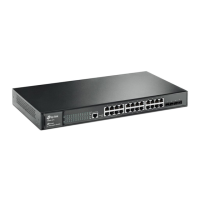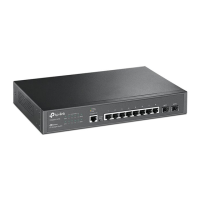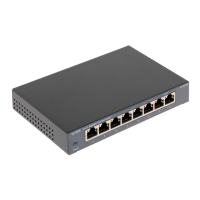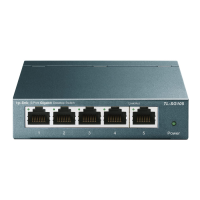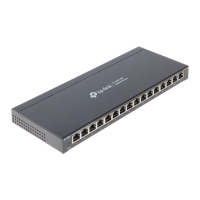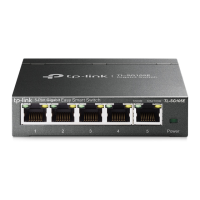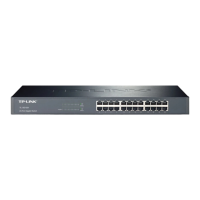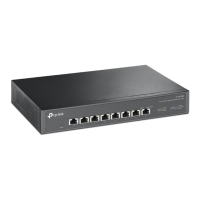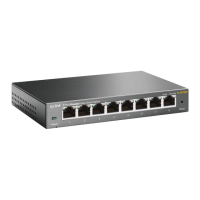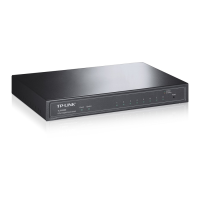User Guide 1040
Notification Configurations
IP Mode Choose an IP mode for the NMS host.
IP Address If you set IP Mode as IPv4, specify an IPv4 address for the NMS host.
If you set IP Mode as IPv6, specify an IPv6 address for the NMS host.
UDP Port Specify a UDP port on the NMS host to receive notifications. For security,
we recommend that you change the port number under the condition that
communications on other UDP ports are not affected.
2) Specify the user name or community name used by the NMS host, and configure the
security model and security level based on the user or community.
User Choose the user name or community name used by the NMS host.
Security Model If a community name (created for SNMPv1/v2c) is selected in User, specify
the security model as v1 or v2c. If a user name (created for SNMPv3) is
selected in User, here displays the security model as v3.
Note:
The NMS host should use the corresponding SNMP version.
Security Level If Security model is v3, here displays the security level of the user.
3) Choose a notification type based on the SNMP version. If you choose the Inform type,
you need to set retry times and timeout interval.
Type Choose a notification type for the NMS host. For SNMPv1, the supported type
is Trap. For SNMPv2c and SNMPv3, you can configure the type as Trap or
Inform.
Trap: The switch will send Trap messages to the NMS host when certain
events occur. When the NMS host receives a Trap message, it will not send
a response to the switch. Thus the switch cannot tell whether a message is
received or not, and the messages that are not received will not be resent.
Inform: The switch will send Inform messages to the NMS host when certain
events occur. When the NMS host receives an Inform message, it sends a
response to the switch. If the switch does not receive any response within the
timeout interval, it will resend the Inform message. Therefore, Inform is more
reliable than Trap.
Retry Set the retry times for Informs. The switch will resend the Inform message if it
does not receive any response from the NMS host within the timeout interval.
It will stop sending Inform messages when the retry time reaches the limit.
Timeout Set the time that the switch waits for a response from the NMS host after
sending an inform message.
4) Click Create.
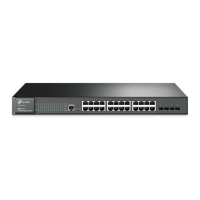
